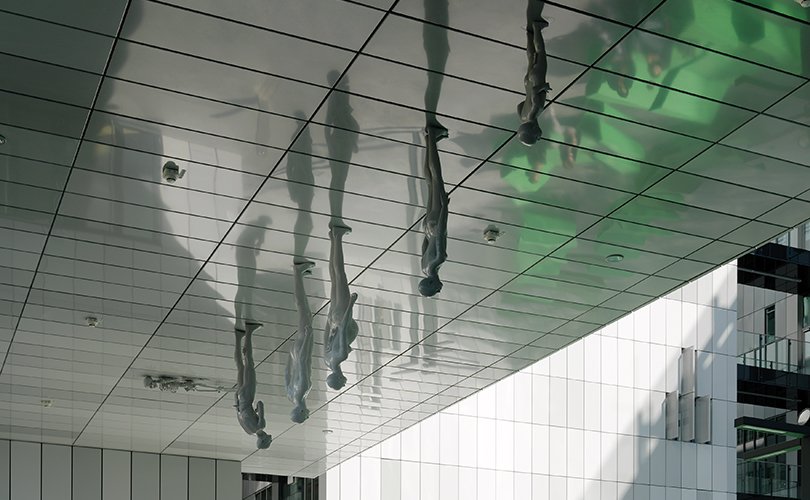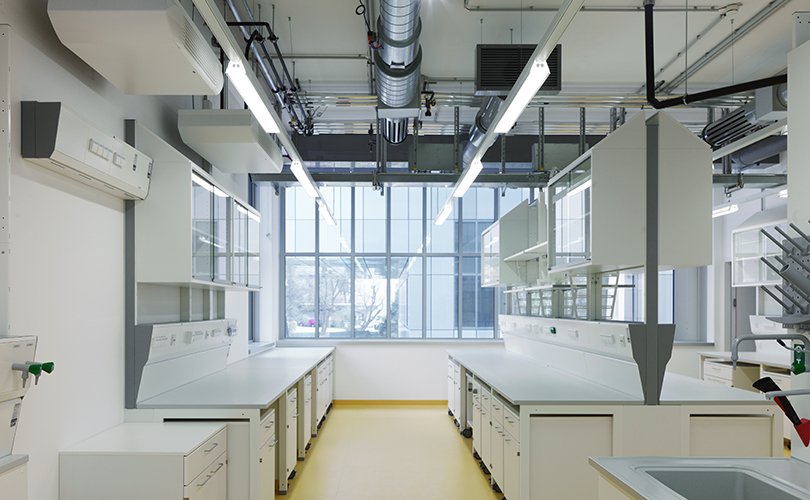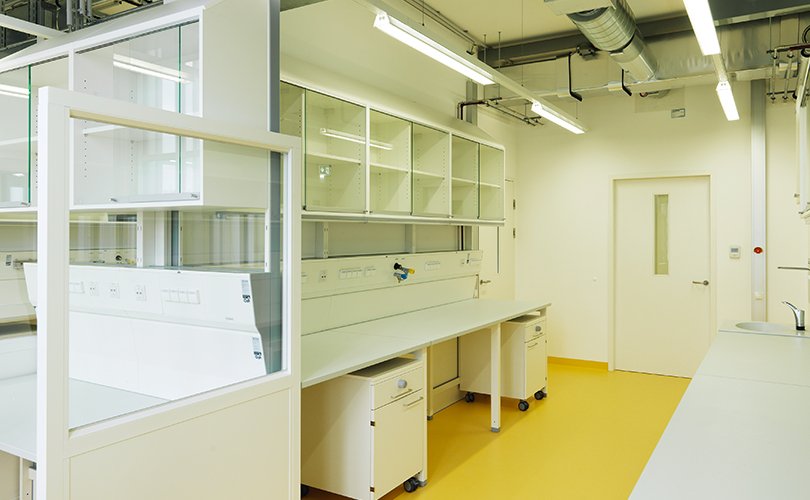Med Campus Graz (Austria)
The claim with which the Medical University of Graz approached the construction of its new Med Campus was an impressive one: the healthy indoor climate was to inspire students and researchers, promote communication, foster networking and, at the same time, save costs and energy - a demand for sustainability and research funding that is unparalleled.


The intention was to move away from "pavilion thinking" and towards "openness" - in thinking, in organisation, but also in architecture. Space was therefore deliberately created at crossroads as communication nodes.
Another example of this openness of space and thinking is that one entire floor, covering some 4,000 m², is a freely available resource, an open research space. An area which elsewhere would be given over to entire institutional buildings. Temporary innovative research teams, which have landed a research application, can use the laboratories and office here. The space therefore has multiple uses.

This principle of openness can of course only be realised with an equally open laboratory concept. Laboratory modules, which, in turn, are zoned into documentation and laboratory areas as well as adjoining spaces, make it possible for this space to be easily adapted for almost any future use. This flexible laboratory concept runs through the entire building complex. The result is a campus that can live and develop along with its surroundings.
In order to dissolve the idea of ownership, but also to save resources and space, there are, for example, centrally located core facilities that are symbiotically shared by several institutes.
You might also be interested in